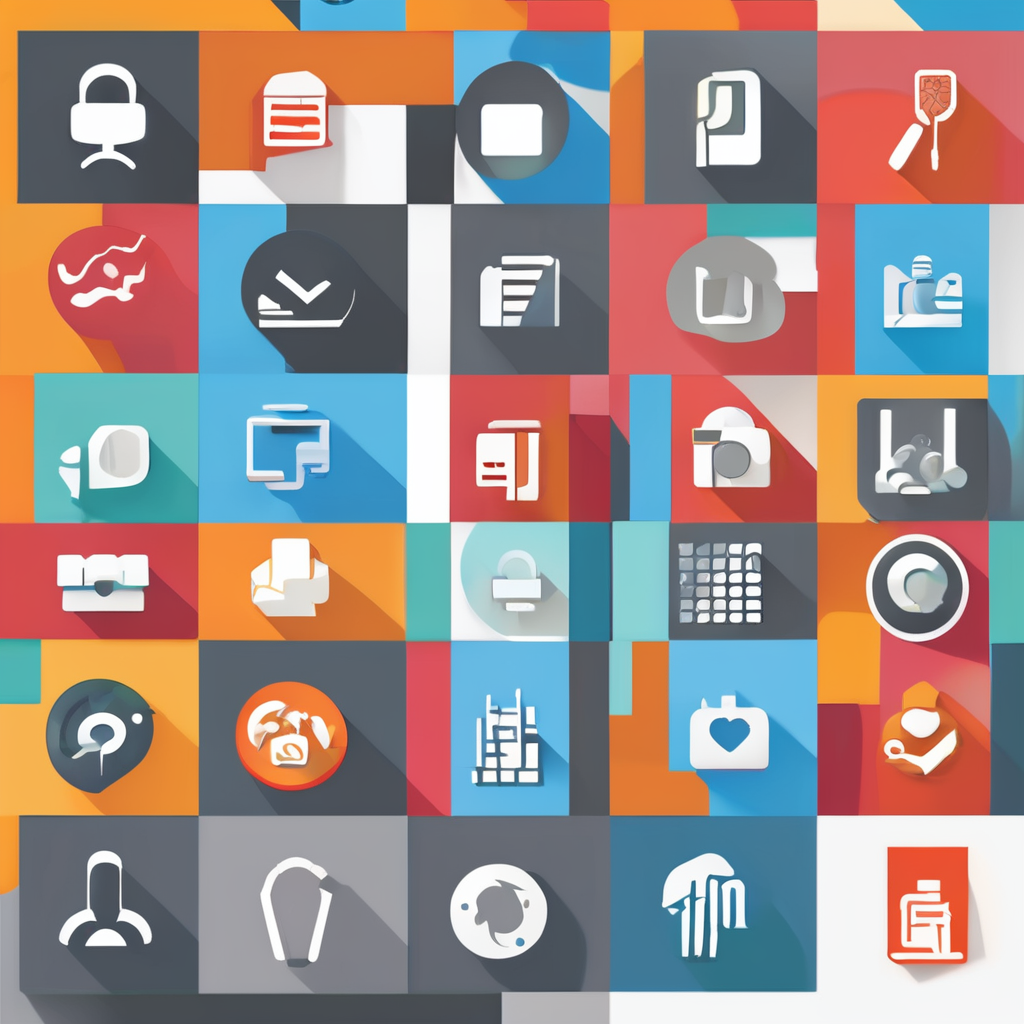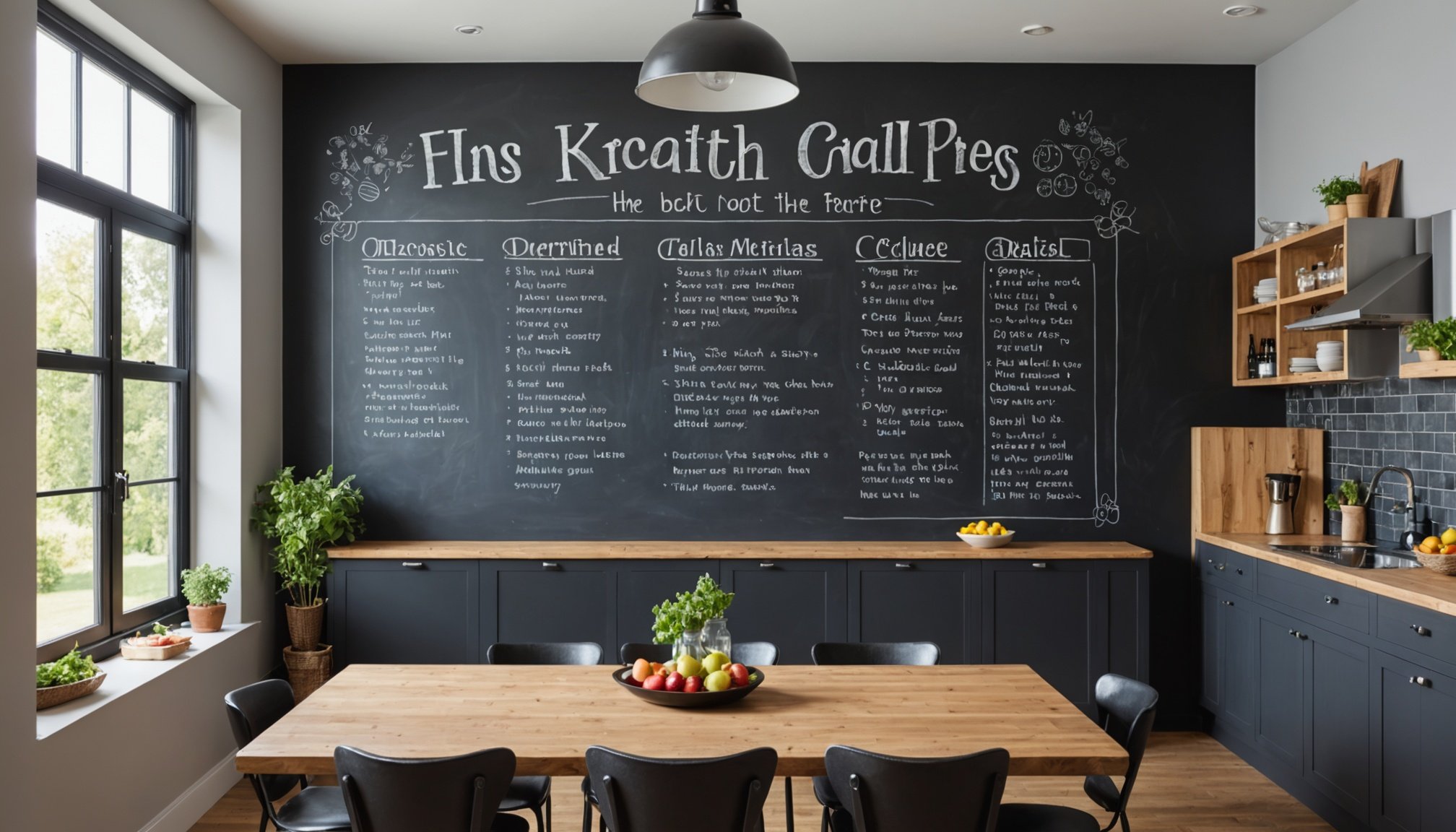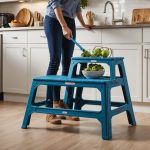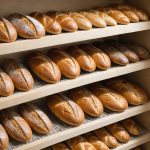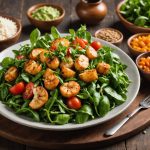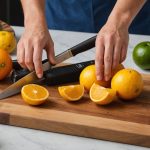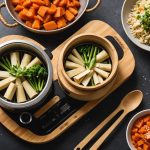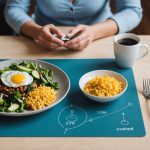Transform Your Meal Planning: Unveil the Benefits of a Kitchen Chalkboard Wall for Superior Dietary Tracking
Why a Kitchen Chalkboard Wall is a Game-Changer
In the heart of your home, the kitchen is more than just a place to cook; it’s a hub of activity, a space for creativity, and a focal point for family gatherings. One simple yet effective way to elevate your kitchen’s functionality and aesthetic is by incorporating a chalkboard wall. This versatile feature can transform your meal planning, dietary tracking, and overall kitchen experience.
The Versatility of Chalkboard Walls
A chalkboard wall is not just a decorative element; it’s a highly functional tool that can be used in various ways. Here are some of the key benefits:
Additional reading : Revolutionize Your Fridge: The Ultimate Smart Nutrient Tracker for a Lean, Sustainable Diet!
- Meal Planning: Write down your weekly meal plans, grocery lists, and recipes. This helps in organizing your meals and ensuring you don’t forget important ingredients[5].
- Dietary Tracking: Keep track of your daily food intake, nutritional goals, and any dietary restrictions. This can be particularly helpful for those managing specific diets or health conditions.
- Family Communication: Use the chalkboard as a family bulletin board to leave notes, reminders, and schedules. It’s a great way to keep everyone on the same page.
- Creative Expression: Let your kids express their creativity by drawing or writing on the chalkboard. It can be a fun and educational activity that makes mealtime more engaging.
How to Incorporate a Chalkboard Wall into Your Kitchen
Incorporating a chalkboard wall into your kitchen is easier than you might think. Here are some steps and tips to help you get started:
Using Chalkboard Paint
One of the most straightforward methods is to use chalkboard paint. This paint can be applied to any wall, turning it into a writable surface.
Have you seen this : Transform Your Kitchen: Unveil the Benefits of a Space-Saving Foldable Step Stool for Ultimate Efficiency
- Choose the Right Paint: Opt for a high-quality chalkboard paint that is easy to clean and durable. Brands like Rust-Oleum offer excellent options.
- Prepare the Wall: Ensure the wall is clean, dry, and free of any old paint or wallpaper. Apply a primer if necessary.
- Apply the Paint: Follow the manufacturer’s instructions to apply the paint. Typically, you’ll need two coats, allowing the first coat to dry completely before applying the second.
| Material | Description | Cost |
|
|-----------------------------------------------------------------------------|
|
| Chalkboard Paint | High-quality paint for creating a writable surface | $20-$30 |
| Primer | Optional primer for preparing the wall | $10-$20 |
| Paintbrushes | Various sizes for even application | $5-$10 |
| Chalk | Water-based chalk for minimal dust | $5-$10 |
Installing Bamboo Panels
For a more modern and eco-friendly option, consider using bamboo panels with a chalkboard finish. Companies like Smith & Fong, based in San Francisco, offer beautiful and sustainable bamboo products.
- Bamboo Panels: These panels can be installed directly on your wall, providing a sleek and modern look. Bamboo is an eco-friendly material that adds a natural touch to your kitchen.
- Installation: You can install these panels yourself or hire a professional. Ensure the wall is level and secure before attaching the panels.
| Material | Description | Cost |
|
|-----------------------------------------------------------------------------|
|
| Bamboo Panels | Eco-friendly bamboo panels with a chalkboard finish | $50-$100 |
| Installation Kit | Includes necessary hardware for secure installation | $20-$50 |
| Professional Help | Optional for those not comfortable with DIY installation | $100-$200 |
Practical Benefits of a Chalkboard Wall
A chalkboard wall is more than just a decorative feature; it offers several practical benefits that can enhance your kitchen experience.
Easy Meal Planning
Meal planning is simplified with a chalkboard wall. Here’s how you can make the most of it:
- Weekly Meal Plans: Write down your meal plans for the week. This helps in organizing your grocery shopping and ensuring you have all the necessary ingredients.
- Grocery Lists: Keep a running list of groceries you need to buy. This can be updated daily as you notice items running low.
- Recipes: Note down recipes you want to try or ingredients you need for specific dishes.
- Monday: Chicken Stir-Fry
- Ingredients: Chicken, vegetables, soy sauce, rice
- Tuesday: Pasta with Marinara Sauce
- Ingredients: Pasta, marinara sauce, garlic, basil
- Grocery List:
- Chicken
- Vegetables
- Soy sauce
- Pasta
- Marinara sauce
- Garlic
- Basil
Encouraging Healthy Eating
A chalkboard wall can also play a significant role in promoting healthy eating habits.
- Track Nutritional Goals: Write down your daily nutritional goals and track your progress. This can include calorie intake, macronutrient balance, or specific dietary restrictions.
- Healthy Recipes: Note down healthy recipes you want to try. This can include meal prep ideas, smoothie recipes, or healthy snack options.
- Daily Nutritional Goals:
- Calories: 2000
- Protein: 100g
- Carbohydrates: 250g
- Fat: 70g
- Healthy Recipes:
- Quinoa Salad with Grilled Chicken
- Avocado Smoothie
- Roasted Vegetables with Quinoa
Family Involvement
A chalkboard wall can be a great tool for involving your family in meal planning and cooking.
- Kids’ Involvement: Let your kids help with meal planning and grocery lists. This can be a fun and educational activity that teaches them about nutrition and responsibility[2][3].
- Family Notes: Use the chalkboard to leave notes and reminders for family members. This can include schedules, appointments, or simple messages.
- Kids' Tasks:
- Help with grocery shopping
- Assist in meal prep
- Clean up after meals
- Family Notes:
- John's soccer practice at 5 PM
- Emma's piano lesson at 3 PM
- Don't forget to pick up milk
Design and Aesthetic Considerations
When incorporating a chalkboard wall into your kitchen, it’s important to consider the overall design and aesthetic.
Modern and Eco-Friendly Design
Using bamboo panels or eco-friendly chalkboard paint can add a modern and sustainable touch to your kitchen.
- Bamboo Panels: These panels not only provide a chalkboard surface but also add a natural, eco-friendly element to your kitchen. Smith & Fong offers a range of bamboo products that are both stylish and sustainable.
- Chalkboard Paint: Choose a paint that is free from harmful chemicals and easy to clean. This ensures your kitchen remains a healthy and safe space.
Integrating with Existing Decor
Ensure that your chalkboard wall complements your existing kitchen decor.
- Color Scheme: If you’re using chalkboard paint, you can choose a color that matches your kitchen’s color scheme. White or black are popular choices that blend well with most kitchen designs.
- Wall Placement: Place the chalkboard wall in a central location where it is easily accessible. This could be near the cooking area or beside the pantry.
| Design Element | Description | Tips |
|
|-----------------------------------------------------------------------------|
|
| Bamboo Panels | Eco-friendly, modern look | Choose panels that match your kitchen's color scheme |
| Chalkboard Paint | Versatile, easy to clean | Select a paint color that complements your kitchen decor |
| Wall Placement | Central location for easy access | Avoid placing near direct sunlight to prevent fading |
A kitchen chalkboard wall is more than just a decorative feature; it’s a functional tool that can enhance your meal planning, dietary tracking, and family communication. Whether you choose to use chalkboard paint or bamboo panels, this addition can make your kitchen more organized, modern, and eco-friendly.
Final Tips
- Make It a Focal Point: Use your chalkboard wall as a focal point in your kitchen. Add some decorative frames or lighting to highlight this feature.
- Keep It Clean: Regularly clean your chalkboard wall to maintain its appearance and functionality. Use water-based chalk to minimize dust.
- Involve Your Family: Encourage your family to use the chalkboard wall. This can be a fun and interactive way to involve everyone in meal planning and kitchen activities.
By incorporating a chalkboard wall into your kitchen, you’re not just adding a decorative element; you’re creating a space that is functional, modern, and conducive to healthy eating and family bonding. So, grab some chalk and start transforming your kitchen into a hub of activity and creativity.
